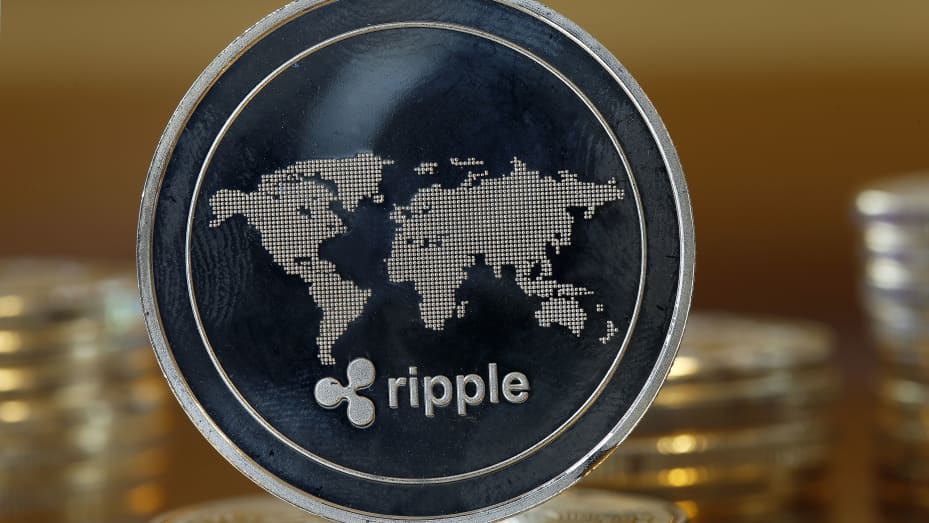|
Getting your Trinity Audio player ready...
|
What is XRP?
XRP is a digital asset that was created by Ripple Labs in 2012. It is used to facilitate cross-border payments and international money transfers. XRP is a native asset of the XRP Ledger, which is a blockchain-based payment system that was also created by Ripple Labs.
XRP is often referred to as a “bridge currency” because it can be used to quickly and cheaply convert between different currencies. This makes it ideal for cross-border payments, where there is often a need to convert between multiple currencies.
XRP is also a very efficient way to send money. Transactions on the XRP Ledger are typically completed in seconds and cost a fraction of a cent. This makes XRP a much more cost-effective option than traditional wire transfers or other methods of international money transfer.
Related Ripple: XRP is Already Being Used by Banks and Financial Institutions Around the World – Report
What does XRP have to do with Ripple?
Ripple Labs is a technology company that was founded in 2012 by Jed McCaleb and Chris Larsen. The company’s mission is to “improve the way the world moves money.” Ripple Labs develops products and services that use XRP to facilitate cross-border payments and international money transfers.
Ripple Labs’ products and services include:
- RippleNet: A global network of financial institutions that use XRP to send money to each other quickly and cheaply.
- xRapid: A product that allows banks and other financial institutions to use XRP to settle cross-border payments.
- xVia: A product that allows businesses to use XRP to send and receive payments internationally.
Key Takeaway
XRP is a digital asset that was created by Ripple Labs in 2012. It is used to facilitate cross-border payments and international money transfers. XRP is a native asset of the XRP Ledger, which is a blockchain-based payment system that was also created by Ripple Labs.
XRP is often referred to as a “bridge currency” because it can be used to quickly and cheaply convert between different currencies. This makes it ideal for cross-border payments, where there is often a need to convert between multiple currencies.
XRP is also a very efficient way to send money. Transactions on the XRP Ledger are typically completed in seconds and cost a fraction of a cent. This makes XRP a much more cost-effective option than traditional wire transfers or other methods of international money transfer.
Ripple Labs is a technology company that was founded in 2012 by Jed McCaleb and Chris Larsen. The company’s mission is to “improve the way the world moves money.” Ripple Labs develops products and services that use XRP to facilitate cross-border payments and international money transfers.
Examples
Here are some examples of how XRP is being used to facilitate cross-border payments and international money transfers:
- MoneyGram: A global money transfer company that uses XRP to send money to over 200 countries and territories.
- Western Union: A global money transfer company that uses XRP to send money to over 200 countries and territories.
- Cuallix: A Mexican financial services company that uses XRP to send money to Mexico.
- Zip Remit: A Filipino financial services company that uses XRP to send money to the Philippines.
Additional Information
Here are some additional information about XRP:
- XRP is a digital asset, not a cryptocurrency. This means that it is not mined or created through a process of proof-of-work. Instead, XRP is created by Ripple Labs and distributed to the public through a process called “Initial Coin Offering” (ICO).
- XRP is a very scarce asset. There will only ever be 100 billion XRP created. This makes XRP a good store of value, as its value is not likely to be diluted by inflation.
- XRP is a very secure asset. The XRP Ledger is a highly secure blockchain that has never been hacked.
I’m a crypto enthusiast with a background in finance. I’m fascinated by the potential of crypto to disrupt traditional financial systems. I’m always on the lookout for new and innovative projects in the space. I believe that crypto has the potential to create a more equitable and inclusive financial system.




